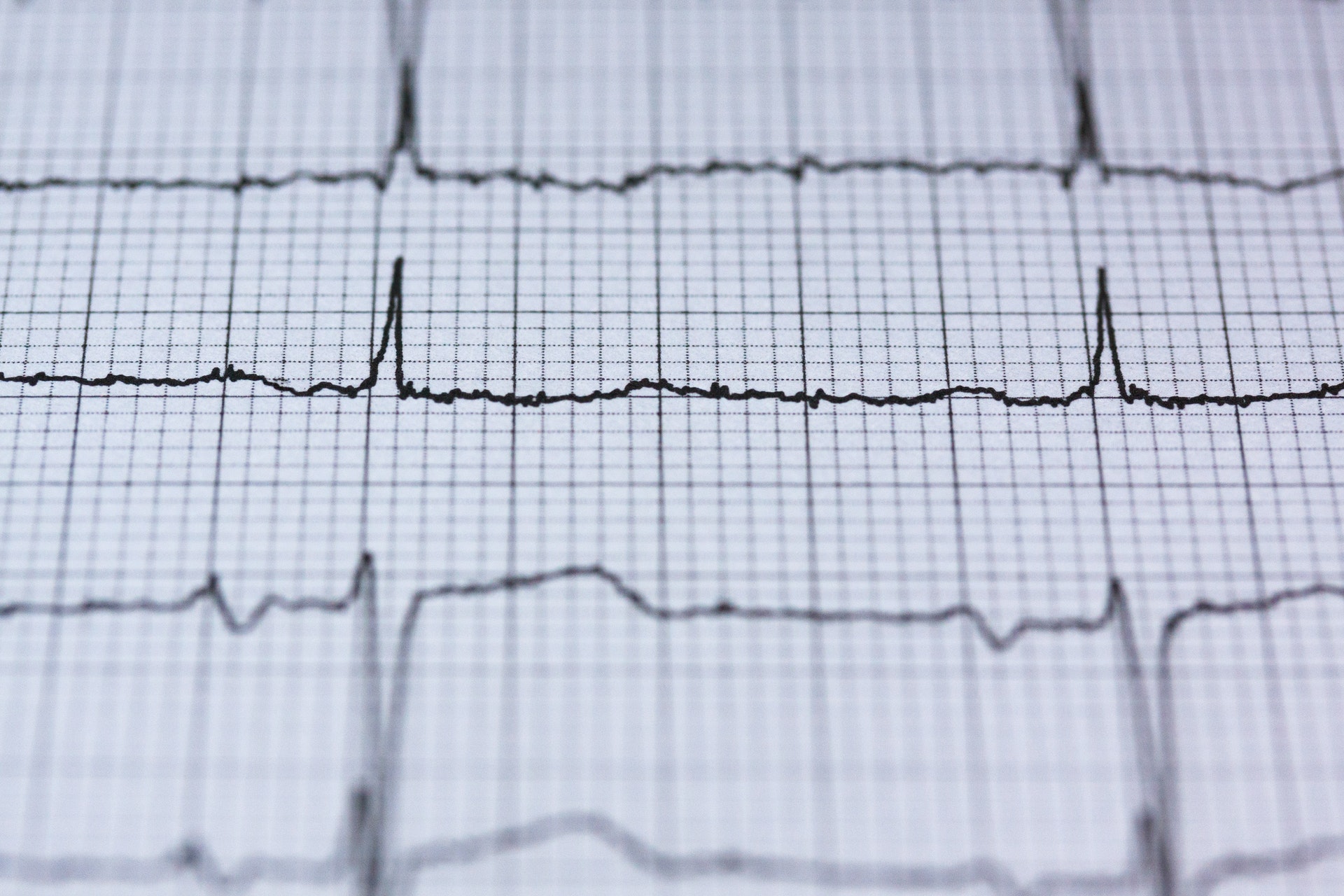Atrial fibrillation is a condition where the left and right atria fail to contract. This affects the free flow of blood, creating a good condition for blood to thicken or coagulate. Atrial fibrillation (AFib) is a leading cause of heart rhythm abnormality in America. Even though this condition is usually not life-threatening, it can trigger serious health issues including congestive heart failure and stroke. Thanks to modern technology, there is hope if you are battling atrial fibrillation in Frisco. The team at Prime Heart and Vascular are ready to listen to your heartbeat.
Treatment Options
Atrial fibrillation treatment aims at controlling heart rate and rhythm and minimizes your risk of suffering stroke using blood thinners or anticoagulation.
Anticoagulation: Atrial fibrillation significantly increases your chances of getting a stroke. Your doctor will prescribe blood-thinning medication to prevent blood clots from forming in your heart.
Rate: If your heart is beating fast, your doctor will prescribe medication so that you can have a regular heartbeat. Among the medications that can be prescribed, some common ones include calcium channel blocker and beta-blocker.
Rhythm: Your doctor may recommend the use of antiarrhythmic medication to restore and maintain your heart rhythm.
Looking Beyond Medication
Your cardiologist can also treat your condition using the following non-medication options.
Electrical cardioversion: If your cardiologist finds that medications are failing unable to restore regular rhythm, he may recommend electrical cardioversion. You will be given small electrical shocks from outside the chest and allowed to go home the same day.
Catheter ablation: Your doctor restores regular heartbeat rhythms by inserting a catheter into your heart. The catheter destroys abnormal electrical pathways using radiofrequency energy.
Surgery: Your doctor may recommend open-heart surgery (maze procedure) to treat atrial fibrillation. Here, abnormal electrical pathways are blocked by making incisions in the heart muscle.
Alternative Treatment
If you have AFib, you are at a high risk of suffering from a stroke attack. There is a 70% chance that these attacks can lead to disability or death. Blood-thinning medication is a common way to reduce your risk of suffering from a stroke. Unfortunately, prolonged use of these medications can bring bleeding complications. If you are suffering from non-valvular atrial fibrillation (AFib), your cardiologist can prevent blood clots from your heart’s left atrial appendage from entering the bloodstream by using a left atrial appendage closure device.
How the Device Works
Your doctor will use a minimally invasive procedure to insert the jellyfish shaped device into your heart. This involves making a small incision in a vein under your belly and inserting a catheter that travels to your heart’s left atrial appendage where the implant is to be placed. This procedure will take about an hour and your doctor will allow you to go home the following day. The left atrial appendage (LAA) device lowers your risk of suffering stroke by closing off the left atrial appendage (LAA), thus preventing blood clots from gaining access to the bloodstream. This enables you to stop using blood-thinning medication for a while.
Consult your skilled cardiologist to learn about the available treatment options for atrial fibrillation.



